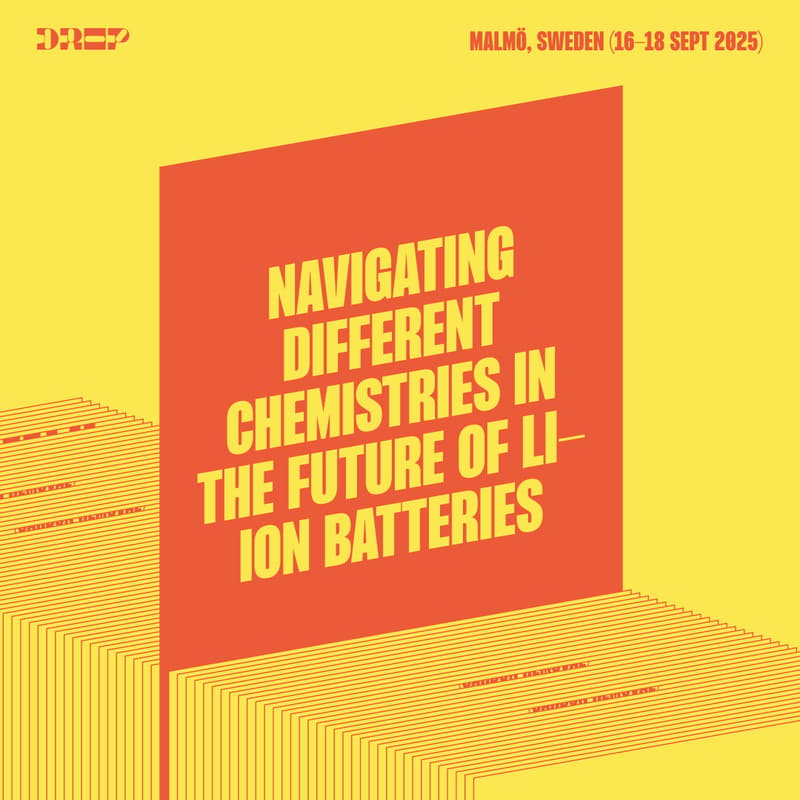

Navigating Different Chemistries in the Future of Li-Ion Batteries
Ripple Hosts
Dr Harry Michael
Energy Revolution Ventures
Dr Alexandra Dias-Lalcaca
GVP Climate
TL;DR
Join us to unpack the evolving landscape of Li-ion battery chemistries: LFP, NMC, LMFP, and beyond. We’ll explore the trade-offs, tech trends, and geopolitical forces shaping their future across industries and applications.
Topic overview
Why is the topic relevant?
The landscape of Li-ion batteries is evolving rapidly, with multiple chemistries competing for dominance. While LFP has gained significant traction due to its cost, safety, and scalability, particularly in the growing data centre and grid-storage markets, other chemistries, such as NMC and LMFP, continue to play a critical role in applications such as EVs. Understanding the trade-offs between these technologies is crucial for investors, startups, corporate stakeholders and project developers, navigating the future of battery innovation and supply chains.
What’s up for discussion?
This discussion will explore the role of different chemistries in Li-ion batteries and their impact on the energy storage landscape.
What are the strengths and limitations of LFP, NMC, and LMFP, and how do they compare in terms of cost, performance, and scalability?
What technological advancements are shaping the next generation of Li-ion batteries?
How are supply chains and geopolitical factors influencing the adoption of different battery chemistries?
Are there any emerging technologies beyond Li-ion that could flip the industry on its head?
By addressing these questions, we aim to provide a comprehensive view of the opportunities and challenges in Li-ion battery innovation. There are a lot of growing trends in the battery space that could fall under the umbrella of this discussion, from servicing data centres, optimising grid storage for long durations, reducing reliance on China for battery materials and even the impact of tariffs.
Dream outcome
A compact, lightweight, ultra-cheap battery with an infinite lifetime, made from abundant materials, would fundamentally change how we power the world. It would accelerate decarbonisation and reshape everything from homes to cities to heavy industry.
In this session, we aim to shape a shared roadmap and bring together the experts who can chart the path and make it a reality: inventors, investors, builders and customers shaping the future of batteries.
Who should attend?
Investors should attend to share their investment criteria and gain insights into emerging opportunities across the battery landscape.
Founders and entrepreneurs in battery technologies, materials, and supply chains bring real-world commercialisation experience and technology insights.
Corporate and industrial leaders from battery manufacturers should join to discuss industry adaptation and manufacturing challenges.
Policy and regulatory experts will provide critical insights into industrial strategy, trade policies, and incentives shaping the global battery market.